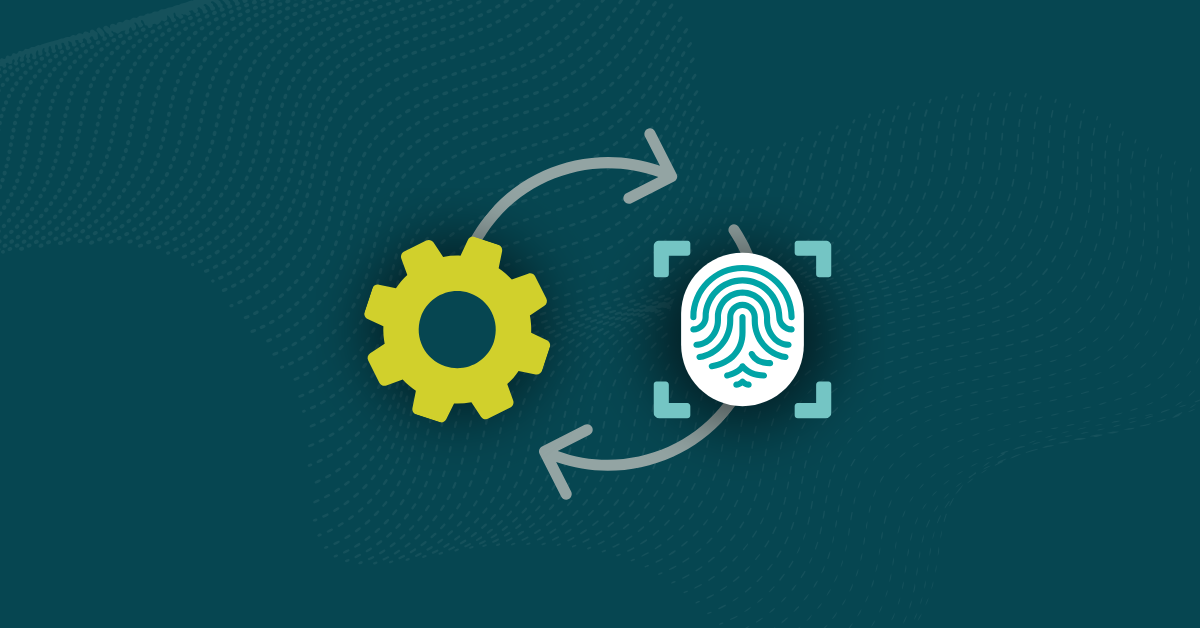

There’s never a day that any organization can let its guard down regarding cybersecurity. A proactive approach to improving your security posture is the best way to avoid new and evolving attacks. In addition to checking for vulnerabilities at different points in the software development life cycle (SDLC), companies can protect themselves using threat intelligence.
As companies transform themselves digitally, they need more data for a comprehensive view of the security landscape. That’s where threat intelligence comes in. It’s a roundup of information, including analysis, that helps cybersecurity personnel make informed decisions about hardening their company’s security posture.
Threat intelligence platforms use the information provided by data sources such as Kiuwan’s SAST and SCA tools, open-source intelligence (OSINT), and industry reports. The solution integrates with other security tools and infrastructure, such as intrusion detection/prevention systems (IDS/IPS).
The collected data is standardized to ensure consistency and then enriched with extra context, such as attack methods, threat profiles, and historical data, so security professionals can better understand the threats they face.
More advanced threat intelligence platforms leverage machine learning (ML) and AI for data analysis. They look for anomalies and other information that helps them with threat predictions. Each threat gets assigned a risk score based on the following:
One benefit of investing in threat intelligence is that it constantly gathers additional feedback to improve the accuracy and relevance of the information provided. That way, organizations have current data to update their security posture.
Threat intelligence contextualizes threats, helping security professionals prioritize their responses. It also positions organizations to improve their strategies and tactics and better protect vulnerable infrastructure.
Combining threat intelligence with other tools like extended detection and response (XDR) immediately enhances a security team’s ability to detect and respond to advanced security threats by:
Analysts typically categorize threat intelligence into the following categories.
Tactical threat intelligence provides security teams with information on the forms of attacks taken by bad actors. The goal is to enlighten them about the tactics used, the different techniques executed, and the procedures used. Security teams gain insight into ways to improve the organization’s defensive measures.
For example, threat intelligence might warn that hackers use specific hashing algorithms. Security can be proactive by scanning for instances of those algorithms being used and replacing them with something more secure.
While tactical threat intelligence focuses on more granular details, operational threat intelligence provides a broader view of how ongoing attacks affect an organization. It uses the information collected to summarize information about bad actors, what motivates them, the damage they can inflict, and their preferred attack vectors.
Operational threat intelligence also helps guide security team responses to attacks. Having a sense of the entire scope of the threat allows them to deploy appropriate countermeasures swiftly.
Strategic threat intelligence evaluates the overall trends and patterns discovered in the threat landscape. CISOs and other high-level executives often use this type of intelligence to inform their risk management strategies and cybersecurity investments.
Unlike other threat intelligence methods, strategic intelligence focuses on long-term threats and vulnerability trends. It looks for significant risk indicators over different periods of an organization becoming the victim of various attack types. Having a holistic view of security threats helps companies prevent threats that could lead to data breaches and significant financial losses.
Technical threat intelligence collects, analyzes, and passes out detailed information about cyber threats. It focuses on how hackers carry out different attacks, including the tools and procedures used. Data collected via technical threat intelligence includes:
Technical threat intelligence provides details that help companies improve other threat detection and prevention mechanisms. This includes updating configurations for firewalls, antivirus software, and intrusion detection systems (IDS) to locate and block malicious actions.
Organizations must do more than install expensive software to benefit from threat intelligence. Below are some guidelines they should follow to get the most from their investment.
There’s no point in diving into threat intelligence without first understanding what the organization wishes to gain. Write out the specific objectives to achieve. The list could include improving incident response or informing future security strategies.
Look for solutions that integrate easily with the organization’s current security software. A centralized platform that automatically processes data aggregates information from different sources, and offers actionable insights through reports and dashboards is ideal.
Threat intelligence is optimal when information is gathered from valid sources. That means tapping into data collected from tools like Kiuwan’s security suite. Kiuwan draws from relevant sources like OWASP, CWE, and the National Vulnerability Database (NVD). It’s always good to start with internal data sources to help understand what’s relevant to the organization.
The threat intelligence lifecycle framework guides how organizations gather, process, review, and apply any insights gained from threat intelligence. It uses various analytical techniques also used by government entities.


